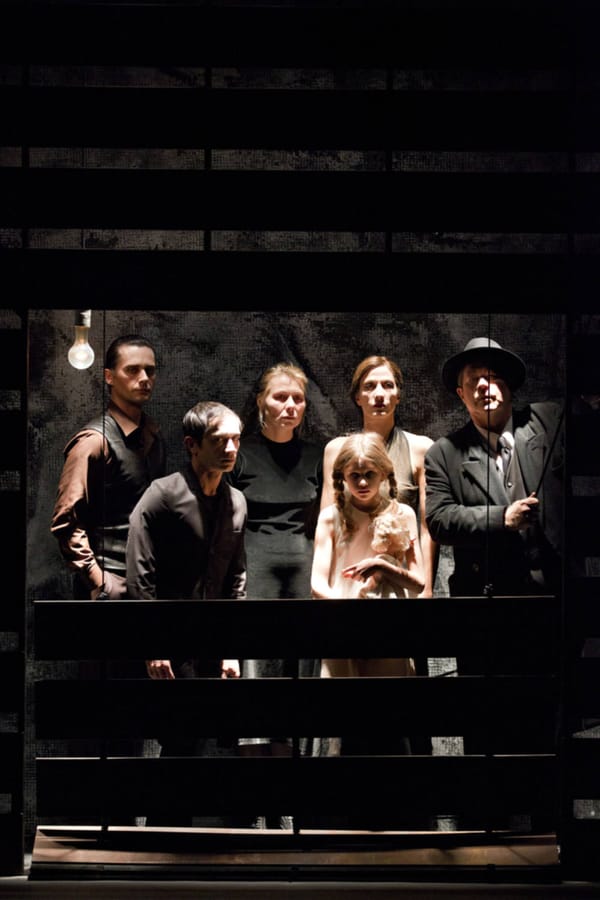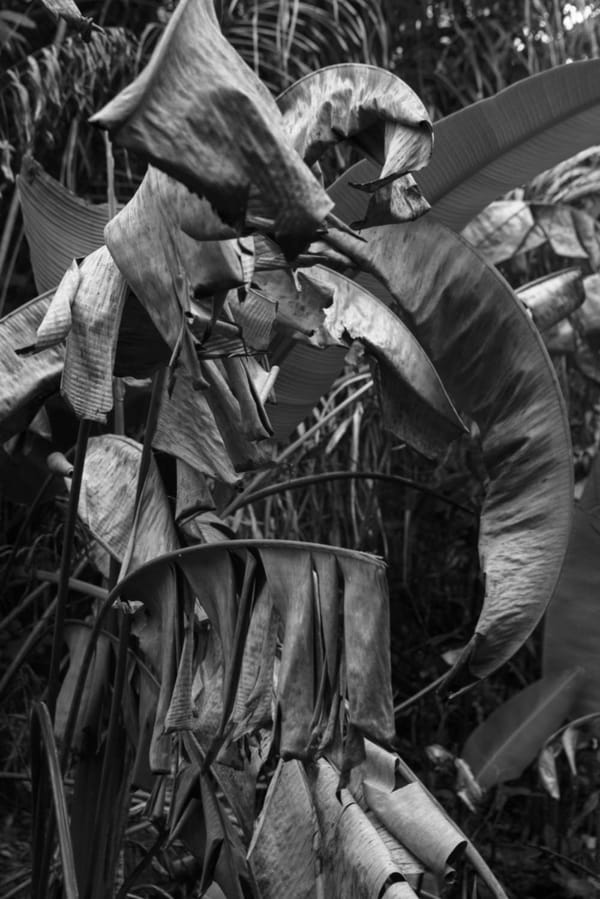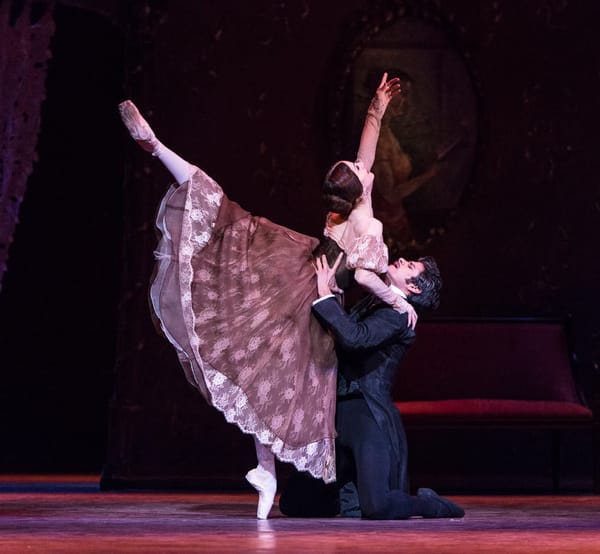Artists’ most magnificent obsessions
Fred Fyles is impressed by the Barbican’s display of unseen collections
Keyrings. That was what I collected when I was younger. Every time someone I knew went abroad, I forced them to bring me back a trinket attached to a keychain, until I had boxes and boxes bursting with these gaudy accessories jam-packed above my wardrobe. Of course, being 8 there was no need for me to own a keyring, let alone hundreds, but this is what lies at the heart of collecting: buying and then not using, accumulating and storing ephemera whose sole purpose is to bring enjoyment to the collector.
I am sure I am not alone in my collecting neuroses; most people I know have a current collection of something, and it is hard to find a single individual who didn’t at some point in their life – normally childhood – obsessively collect something. The Barbican’s newest exhibition Magnificent Obsessions: The Artist As Collector, shows us that the collecting bug spares none of us, least of all creatives; from Hiroshi Sugimoto to Peter Blake, everyone has a secret collection at home, and indulging in this hobby can help us tap into our creative potential. Never have I felt so validated in my prepubescent fixation on keyrings.
Asking artists to reveal to us what they fixate on in their personal lives allows us an insight into how they work, and what influences them. While we are used to an artist producing a ‘product’, allowing it to enter the public forum, by presenting us with what they surround themselves with, Barbican lets us know where they get their inspiration from. For some artists the links are apparent – Damien Hirst’s collection consists of – surprise, surprise – skulls, taxidermy, and medical models, taken from his unimaginatively named ‘Murderme Collection’. For others, the effect it has on their work is less obvious. Edmund de Waal’s collection of netsuke, Japanese fasteners, may give us a bit of family background, but does little to help our understanding of his minimalist ceramics. Howard Hodgkin goes so far as to claim that his collection of Indian art has no influence on his paintings; why include it then?
What is fascinating about the exhibition is how it highlights the different approaches people can have to collecting. Some focus on a certain type of object, such as Mexican tattoo artist Dr Lakra’s vast range of garish record sleeves, while others’ approaches are more scattershot; take Peter Blake’s collection of old signs, natural oddities, and freakshow dioramas. For some artists the art of collecting is a professional act; Hiroshi Sugimoto’s collecting stemmed from his dealership in folk art, which allowed him to explore Japanese traditions during the 1980s and ‘90s. The collection of German minimalist musician and artist Hanne Darboven shows how what starts as a pastime can spill over into an obsession; clocks lie against toilets, paintings lean on mannequins, and the weight of hundreds of photographs strains the boards of her desk, made functionless thanks to her hoarding.
While the Barbican always goes to great lengths to ensure that their exhibition space is appropriate for the contents, for Magnificent Obsessions the design is of paramount importance. These collections are supposed to be seen in situ, and therefore the design team have tried to make each space seem like a living room, or a study, placing carpets or mirrors at random intervals throughout. For some rooms, the design works beautifully, such as Pae White’s vast trove of Vera Neumann textile designs; ranging from handkerchief to bedspread, they hang from wires, like washing in the wind, creating a colourful abstract image. For others, however, the idea falls a little flat, since the collection is presented in such an artificial way.
Throughout the exhibition, there is a strong theme of kitsch camp, that vague term defined by Susan Sontag as “a vision of the world in terms of style”. Andy Warhol’s obsession with this side of American culture is well documented, and here we are presented with a group of his exceptionally ugly cookie jars, featuring leering clowns and grotesque pigs, along with a myriad of other, undeniably camp, characters. We can also see how Warhol’s obsession with products influenced his work; from a vitrine of children’s playthings we segue into a collection of prints featuring toys.
While some collections are more serious, such as minimalist Sol LeWitt’s modernist photos by August Sander and Henri Cartier-Bresson, and Sugimoto’s collection of morbidly beautiful anatomical drawings, the best ones in the exhibition are those suffused with camp humour. Blake’s range of random objects clearly play into his effervescent post-war collage work, which helped form the basis of Pop Art, whilst Martin Wong’s meticulously arranged selection of Americana classics are positively brimming with wit and life. But no collection compares to Jim Shaw, whose particular fixation is paintings obtained from thrift stores. When a collection was exhibited at the ICA back in 2000 their horrific naïveté shocked critics, and now we have a chance to revisit them. They are indeed powerful; with slightly off proportions, and hyper-saturated colours, they leer out of the canvas like surreal grotesques of the American nightmare. From one painting a woman in white grins manically out at us in a Lynchian fever dream, whilst another of a small child could have been painted by ‘psychological cubist’ George Condo. Magnificent indeed.
Ultimately, _Magnificent Obsessions _is indeed a success, allowing us a key insight into the lives of illusive artists. While the concept could have been laborious, the Barbican have helped to keep it light by including all the cult ephemera (a polite word for crap) that we may have in our own life, whilst also providing examples of artists’ work that grew out of such context.
So often placing something in a museum is akin to confining it to a mausoleum, but by trying to avoid endless rows of vitrines, the Barbican manages to inject life into the exhibition. This is a celebration of the object acquired not found; of the inner collector that manifestly resides in all; of the inescapable clutter of everyday life.
Magnificent Obsessions: The Artist As Collector is on at the Barbican Centre until 25th May. Tickets £12










